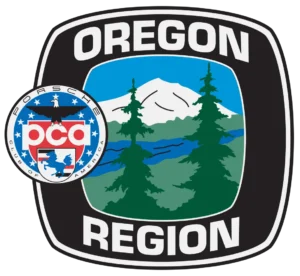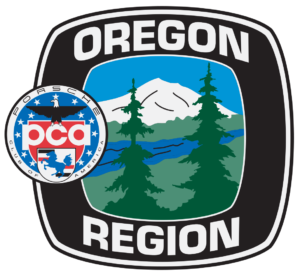Part 2 Winter Tech: Tires and Traction
Severe weather makes driving treacherous. Snow, ice, freezing rain, fog and even the winter sun can all conspire to make winter driving even more difficult and dangerous. With a little planning and a little training however, this winter doesn’t have to be a “white knuckle” winter for you. The two phenomenons associated with loss of grip in winter conditions are understeer and oversteer.
Understeer
Understeer is just what it sounds like; the car is not turning as much as you would like. Understeer is usually caused by entering a corner too fast, or by braking while trying to turn. Being in a car that refuses to turn can be very intimidating, and understeer is the most difficult situation to control on a slippery road.
So, what can you do in this situation? First, there are several things driving experts say you should NOT do. Don’t increase your steering angle, because the tires have already lost grip and increasing the steering will only make it worse. Don’t hit the brakes because the front tires are already skidding, and more brake pressure will only make it still worse.
Driving experts say that your best chance of correcting an understeer is to lift off the accelerator and stay off the brake. As the car’s weight shifts forward, it will load the front tires, improving their grip while you carefully decrease the steering angle. This improved grip and slower speed should allow you to steer smoothly back into the corner.

Oversteer
Like understeer, oversteer is exactly what it sounds like; your car turns more than you want it to. Oversteer occurs when you lose grip on the rear tires in a corner, and the side force pulls the back of the car to the outside of the turn. This is generally the result of excessive speed when entering a corner. However as well, if you suddenly decelerate in the corner, the weight transfers to the front, giving less grip to the rear tires and allows the centrifugal force to pull the back of the car to the outside of the curve. If your car starts to lose grip on the rear wheels because of this weight transfer, driving experts say you should gently accelerate to transfer the weight back to the rear wheels, while you steer in the same direction in which the rear end is sliding. Remember to look down the road in the direction you want the car to go.
All in all, driving experts say to avoid oversteer, adjust your speed before the corner. In rear-wheel drive cars, make sure the oversteer is not coming from simple wheel spin. If it is, adjust your accelerator pressure to eliminate the wheel spin.

Winter Air Pressure; You Can’t Just Set It…And Then Forget It
Maintaining the correct air pressure is a requirement for good handling, traction and durability. The tire pressure recommended in your vehicle’s owner’s manual or on the tire information placard on the driver side b-pillar is a “cold” pressure, so it should be checked in the morning before you drive more than a few miles.
The fall and early winter months are the most critical times to check your tire’s inflation pressures because air is a gas which contracts as the days get shorter and the temperatures get colder. For every 10-degree Fahrenheit change in outside temperature, your tire’s inflation pressure will change by about 1 psi (they’ll increase with higher temperatures and decrease with lower temps). If you park your Porsche in an attached or heated garage you will also “lose” pressure when you leave the warmth of the garage and venture into the real world outside. So, add 1 psi of “cold” tire pressure to compensate for each 10 degree temperature difference.
And finally, don’t forget to keep your valve stem caps on. If left off, moisture can freeze in the valve and allow the air to escape.
Any and all questions on these topics are welcome, please ask!
Part 3 of Winter Tech will discuss putting your Porsche away in hibernation. Until then, drive safe and alert!
Jeremy Williams is the Oregon PCA Technical editor. He co-owns Matrix Integrated Inc. (Matrix Integrated Inc.) with his brother Justin. Jeremy can be reached at [email protected]







Thank you for all the good information
Let’s all practice good, safe driving
You’re very welcome Larry, I’m glad to hear you’ve found it helpful.
Let’s all practice safe driving indeed!
Hibernation?! What’s that?
No – I completely understand putting some cars away for the winter, but my 996 C2 is my daily driver. I haven’t been through a winter yet with it, but when I bought it in the spring, I put some Michelin Pilot Sport All Season tires on it. I would have liked to put on summer tires, and have another set of wheels with dedicated winter tires, but I don’t really have the space to store them.
I know I won’t get quite the winter traction that I would with winter-specific tires, but I should be fine in the conditions we typically see around Portland, right? Rear-wheel drive, and rear engine – that’s gotta be a great combo.
I would agree that your all season(a/s) tires are going to be much much better in the fall-spring than summer tires, however when the roads get slick with snow/ice this winter, even with the engine weighted over the rear tires, you may want to stay home to be safest. A/S tires still aren’t true winter tires, so if you had to accelerate to avoid an accident(with someone with summer or bald tires), you may not have ultimate grip to do so. Just my $0.02.